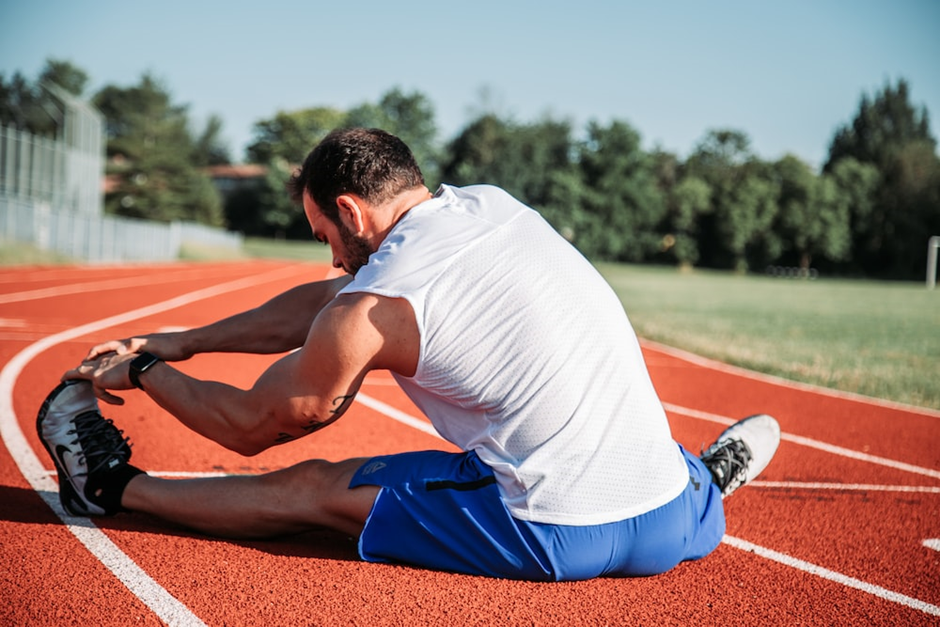Sports-related injuries are among the top conditions requiring ER visits. While almost half of sports injuries are preventable, the high number of people sustaining these injuries is concerning. Fortunately, unlike before, more sports personnel can rely on modern technologies to prevent injuries and shorten recovery time.
Whether or not you are a sports enthusiast, you’ll attest to the various technological developments that have transformed sports injuries. Modern technologies have revolutionized sports injury prevention and recovery in the following ways:
1. Advanced Imaging
The impact of modern imaging on sports injuries cannot be ignored. Imaging is the first step of treatment for athletes who suffer sports injuries. Medical professionals rely on imaging to assess the extent and condition of injuries sustained. Traditionally, this could only be possible through various invasive techniques. Modern imaging technologies have led to precise and accurate injury assessment. Noteworthy imaging technologies include:
- CT scans: They help medical professionals assess a cross-sectional image of fracture and bone anomalies resulting from sports injuries.
- MRI technologies: They provide clear, detailed images of bones, joints, and soft tissue injuries.
Unlike traditional techniques, MRI and CT scans are non-invasive, which is overly beneficial for athletes, as they don’t have to suffer the risks and complications of invasive diagnostic procedures.
TIP: Medical Wave and other dedicated medical equipment manufacturers have embraced technologies in their equipment design.
2. Nutrition Monitoring
Good nutrition is generally important. If you engage in any sporting activity or physical training, you understand the importance of eating a balanced diet. While dietary restrictions were known before, athletes and coaches could not monitor their nutritional needs. Technologies that simplify nutritional monitoring include:
- Wearable devices: Coaches can now monitor their athlete’s nutrition and hydration levels in real time.
- Mobile apps: Athletes can access various apps for nutritional guidance and monitoring. They can monitor their nutritional intake conveniently.
Athletes can also personalize their nutritional plans. You can adjust your caloric or vitamin intake according to your body’s needs.
3. Telemedicine and Remote Monitoring
Sports medicine has also benefited immensely from telemedicine and remote monitoring. Unlike before, athletes can access medical care regardless of their location. These technologies have eliminated physical barriers, which was a major challenge for athletes looking for quality care.
Athletes and medical professionals can easily connect and communicate through video calls and secure messaging options using telemedicine platforms. This is especially beneficial for athletes with minor injuries or who need a brief evaluation of their progress. Athletes can now benefit from expert guidance without traveling.
4. Regenerative Medicine
Regenerative medicine has changed sports injury treatment, especially in accelerating injury healing and tissue repair. Regenerative medicine emphasizes on the body’s healing abilities. This field of medicine taps into intrinsic tissue regeneration. The most common form of regenerative medicine in sports injuries are:
- The use of platelet-rich plasma: Here, the injured area is injected with concentrated platelets from their blood.
- Stem cell therapy: This has excellent differentiation abilities, making them beneficial for tissue repair.
Many other regenerative approaches to sports injuries are being studied.
5. Concussion Assessment
Concussion assessment has improved over time due to various technologies. This has improved the detection, management, and safety of sports injuries. Concussions are traumatic brain injuries caused by sudden impact. Immediate, accurate assessment after a concussion is important to prevent long-term consequences. The following modern technologies have improved concussion assessment:
- Portable and objective tools for sideline and on-field evaluations: If you watch football and sporting activities, you’ve probably seen medical assistants using mobile devices to assess injured players on-field and on the sidelines. Smartphone apps and assessment tools allow for instant cognitive assessments.
- Neuroimaging techniques: Unlike traditional scans, functional MRI and other neuroimaging techniques have improved understanding of concussions. Professionals use these technologies to visualize neural connections.
- Augmented and virtual reality: These technologies simulate and assess visual and cognitive functions possibly affected by the concussion.
Endnote
Technology undoubtedly plays a crucial role in minimizing sports injuries and recovery time. Apart from these technologies, the contribution of aquatic therapy, digital modeling, and virtual and augmented realities to sports medicine cannot be ignored. Athletes and other players in the sports industry should anticipate better developments as technologies advance.








